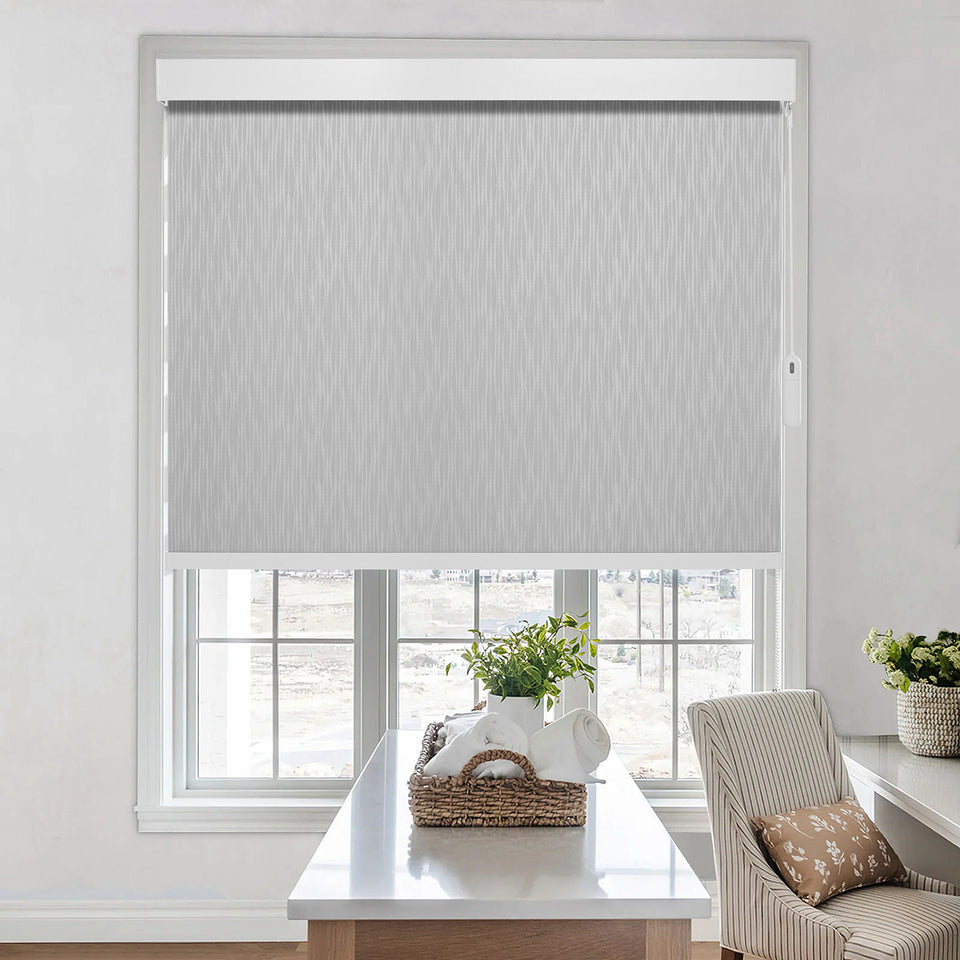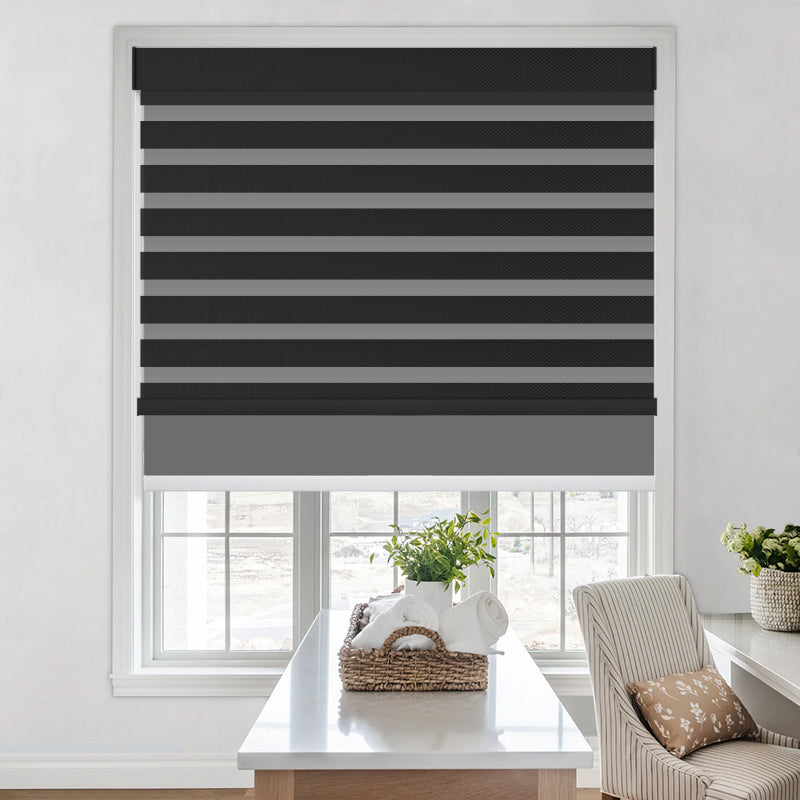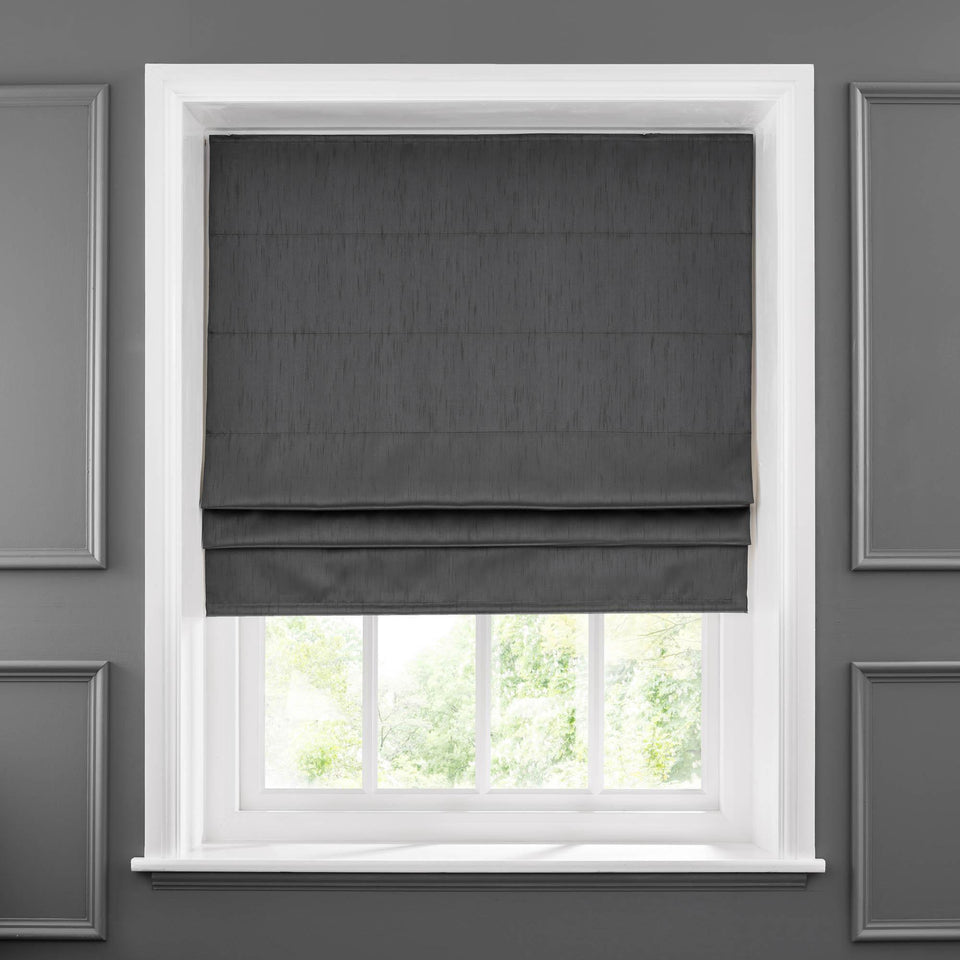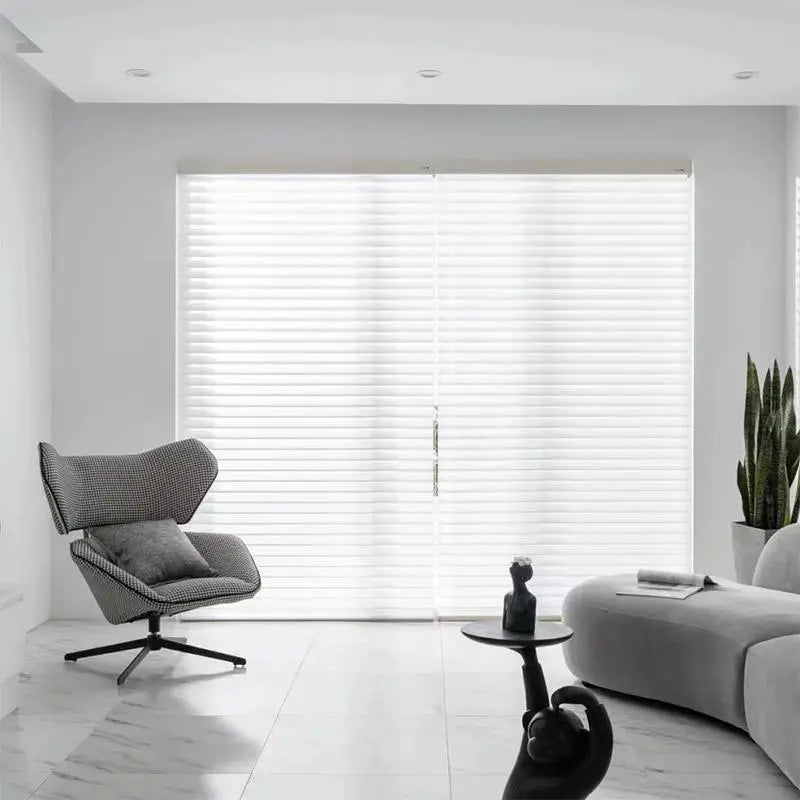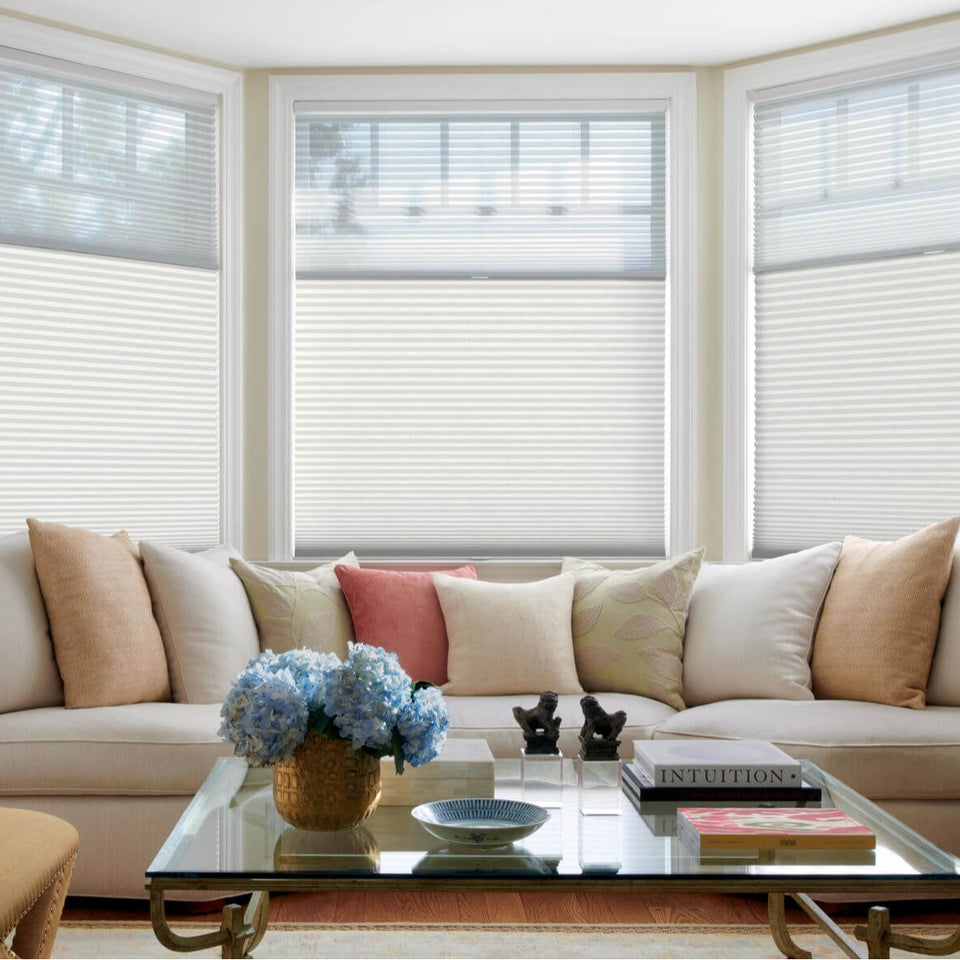Effortless Elegance: A Complete Guide to Memory-Trained Pleat Curtains & Drapery Training
When it comes to window treatments, drapery isn’t just functional—it’s a statement piece. One detail that often gets overlooked, yet dramatically elevates the final look of any room, is how well curtains hold their shape. That’s where memory training comes in. Whether you're investing in custom-made panels or working with budget-friendly readymade options, learning about memory-trained pleat curtains can completely change your design game.
In this in-depth guide, we’ll explore what memory-trained curtains are, why they matter, how they’re made, and how you can achieve a similar look at home without professional equipment. Whether you're a homeowner, interior stylist, or window treatment retailer, this blog will walk you through everything you need to know.
What Is Memory Training in Drapery?
Memory training is a textile finishing technique designed to help curtains retain their structured form over time. During manufacturing, fabric panels are steamed, molded, and set into pleated shapes under high temperatures. This process effectively "trains" the fabric to remember and hold its folds, maintaining a crisp, elegant appearance regardless of how often they’re drawn open or closed.
The result? Drapery that looks fresh and tailored from top to bottom, with vertical folds that don’t fade or sag. This technology is especially valuable in custom pleated styles such as pinch pleat, triple pleat, goblet, or tailored pleats.
Benefits of Memory-Trained Curtains
Here’s a quick overview of why memory-trained curtains offer long-term value:
| Feature | Memory-Trained Drapery | Non-Memory-Trained Drapery |
|---|---|---|
| Pleat Consistency | Neat and uniform | May lose shape over time |
| Draping | Smooth vertical folds | Irregular, may sag |
| Maintenance | Minimal upkeep | Frequent adjustment needed |
| Visual Appeal | Structured, polished look | Relaxed, casual drape |
| Material Safety | Non-toxic heat-set process | Varies by material |
How Memory Training Is Done
Memory training is executed using a precise, high-efficiency steaming process. Here’s how it works:
-
Mold Preparation: Drapery panels are first inserted into specialized pleating molds.
-
Shaping Rack Setup: The molds are placed inside a shaping rack that holds them firmly in place.
-
Steaming Process: The entire rack is then pushed into a memory training steamer.
-
Heat Setting: The machine is closed, and steam is applied at a high temperature for approximately 2 hours.
-
Cooling Down: Once the process completes, the curtains are removed and allowed to cool, locking in the pleated shape.
The result is a curtain panel that will maintain its form for years to come with very little effort required from the user.
Note: Not all curtain header styles are compatible with memory training. Styles such as rod pocket, tab top, grommet, ripple fold, and back tape are not supported in the steaming mold process.
How to DIY Train Readymade Curtains at Home
If custom memory-trained drapes aren’t in your budget, don’t worry—there’s a simple and cost-effective way to give your readymade curtains a high-end look. Here’s a 3-step process that stylists use to train curtains manually:
Step 1: Steam & Prep
Hang your curtain panels and use a steamer to remove any packaging creases or wrinkles. A smooth surface is essential before pleating begins.
Step 2: Pleat & Tie
Gather the fabric by hand into even folds, working from the top down. Use ribbon or twine to loosely tie the curtains at three to four points down the length of the panel. Ensure the pleats are consistent.
Step 3: Set & Wait
Leave the tied panels in place for at least 48 hours—longer if possible. During this time, the fabric will "memorize" the folds and retain the shape once the ties are removed.
For even better results, lightly mist the fabric with water or use a linen spray before tying. You can also use clothespins or clips at the top to guide more structured pleating.
Real-Life Impact: Why Trained Curtains Matter
Think about the difference between a suit straight from the hanger versus one tailored to your body. The same principle applies to curtains. When properly trained, even inexpensive panels can appear luxurious, well-fitted, and purposeful in your space.
Designers often emphasize symmetry and vertical lines in interior spaces to create height and sophistication. Memory training supports this goal by locking in consistent folds that enhance light flow, room shape, and architectural features.
Common Mistakes to Avoid
-
Skipping the steaming step: Even if you don’t have a memory steamer, failing to remove wrinkles beforehand can lead to a messy result.
-
Using the wrong header: Some curtain styles are too casual or structured in a way that makes pleat training ineffective.
-
Inconsistent pleats: If your folds vary in size or spacing, the final result will look uneven. Measure or eyeball carefully.
-
Untying too early: Don’t rush the process. Let the ties stay for at least two full days.
Final Thoughts: Worth the Effort
Whether you invest in premium memory-trained drapery or take the DIY route with readymade panels, training your curtains can dramatically improve how your space looks and feels. It’s a small effort for a big return—giving your windows the crisp, elegant finish of high-end interiors.
With this knowledge in hand, you’re now equipped to transform ordinary curtains into a design feature that elevates the entire room. Ready to try it out? Start with one panel and see the difference for yourself.


